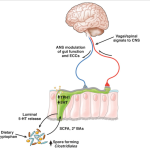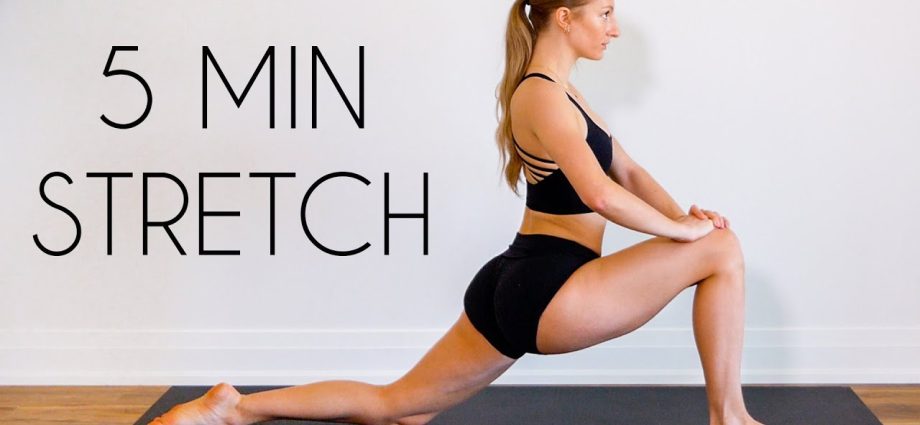Let’s be honest. Modern life is a pressure cooker. Your shoulders are up by your ears, your mind is racing through a to-do list a mile long, and the idea of touching your toes feels like a distant, laughable dream. You know you need to move, but the high-intensity, go-go-go approach often just adds another layer of stress.
That’s where mindful movement comes in. It’s not about burning the most calories or pushing through pain. It’s the opposite. It’s about tuning in, not zoning out. It’s the gentle, powerful art of connecting your breath with your body’s motions to release tension—both mental and physical. Think of it as a moving meditation that unties the knots in your muscles and your mind, all at once.
Why Mindful Movement is a Game-Changer
We often treat our bodies like machines, forcing them into positions without a second thought. Mindful movement asks us to shift that perspective. It’s about quality over quantity, sensation over repetition. The benefits are pretty incredible, honestly.
For stress relief, it acts as a nervous system reset. By focusing on slow, deliberate movements synchronized with your breath, you signal to your body that it’s safe to switch from “fight-or-flight” to “rest-and-digest.” Cortisol levels drop. Your heart rate steadies. That frantic mental chatter? It begins to quiet down.
And for flexibility? Well, true flexibility isn’t about forcing a stretch. It’s about your nervous system allowing a muscle to lengthen. When you move mindfully, you’re gently persuading your body that it’s okay to let go, creating lasting change without the strain.
Foundational Practices to Get You Started
1. Yoga: The Classic for a Reason
Sure, yoga can be about advanced poses, but at its heart, it’s a mindful movement practice. It’s the perfect marriage of breath (pranayama) and movement (asana).
How it helps: Holding poses builds strength and stability, while the flowing sequences (vinyasa) improve mobility. The constant return to the breath is what makes it so potent for stress. You’re not just stretching; you’re meditating.
Beginner-friendly tip: Start with a Hatha or Restorative yoga class. Focus on the feeling of the stretch, not how deep you can go. If your mind wanders to your grocery list, just gently guide it back to the sound of your breath. No judgment.
2. Tai Chi: Meditation in Motion
Often described as “meditation in motion,” Tai Chi is a Chinese martial art consisting of a series of slow, graceful movements. It’s like a slow-motion dance that you do for yourself.
How it helps: The continuous, flowing motion is fantastic for improving balance, coordination, and joint flexibility. The mental focus required to move precisely from one form to the next creates a powerful sense of calm and present-moment awareness. It’s honestly a masterclass in mindfulness.
3. Qigong: Working With Your Energy
A close cousin to Tai Chi, Qigong (pronounced “chee-gong”) is all about cultivating and balancing your life energy, or Qi. It involves simple, repetitive movements, breathwork, and mental focus.
How it helps: It’s incredibly accessible—often more so than Tai Chi. The movements are designed to open up energy pathways in the body, releasing stagnation and tension. Many people report a feeling of warmth and vitality flowing through them after just a short session. It’s a direct line to de-stressing and feeling more, well, in flow.
Weaving Mindfulness Into Any Movement
You don’t need a special class to practice mindful movement. You can bring this awareness to anything—even walking.
Next time you go for a stroll, try this:
- Feel the soles of your feet connecting with the ground. Notice the shift of weight from heel to toe.
- Sync your breath with your steps. Maybe inhale for three steps, exhale for three.
- Observe the sensations in your body—the swing of your arms, the breeze on your skin.
That’s it. You’ve just turned a simple walk into a mindful movement practice. It’s that simple, and that transformative.
A Simple Mindful Movement Sequence You Can Do Right Now
Need a quick reset at your desk? Try this 5-minute flow. Seriously, do it now.
- Seated Breath Awareness: Sit tall. Close your eyes. Just notice your natural breath for 60 seconds. Don’t change it. Just watch.
- Neck Rolls: Inhale, sit taller. Exhale, slowly drop your right ear toward your right shoulder. Take 3 deep breaths here. Inhale back to center. Repeat on the left. No forcing.
- Seated Cat-Cow: Place hands on your knees. Inhale, arch your spine, chest forward (Cow). Exhale, round your spine, tuck your chin (Cat). Move slowly with your breath for 5 rounds.
- Forward Fold: From a standing position, hinge at your hips and fold forward. Let your head hang heavy. Micro-bend your knees. Breathe into the back of your legs and your spine. Hold for 5 breaths.
- Mountain Pose: Slowly roll up to stand. Feel your feet rooted into the floor. Stand tall. Take one final, deep breath in and out.
Notice how you feel. Lighter? Quieter? A bit more loose? That’s the magic.
Listening to Your Body: The Most Important Rule
This isn’t about no pain, no gain. In fact, it’s the exact opposite. Mindful movement is a conversation with your body. Your job is to listen.
Feel a sharp, stabbing pain? That’s a hard stop. Back off. But feel a gentle, stretching sensation? That’s your body opening up. Breathe into that space. This practice teaches you the difference between good discomfort and bad pain—a skill that benefits every aspect of your life.
The goal isn’t to achieve a perfect pose. It’s to become more intimately aware of the one body you have to live in—and to treat it with a little more kindness and a lot less force.
In a world that constantly pulls your attention outward, mindful movement is your anchor back to yourself. It’s the quiet space where your breath meets your motion, where stress melts and flexibility—in all its forms—blooms.











